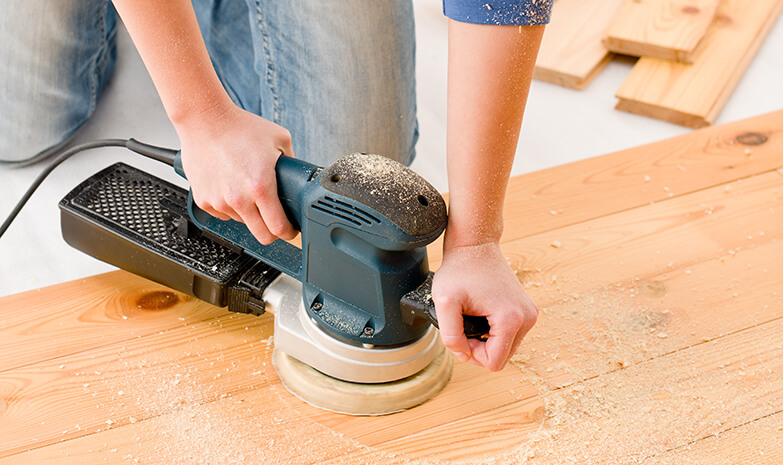Instead of staying in their large, suburban homes when they retire, some baby boomers are downsizing into smaller quarters in more urban areas. An article on Iman.com discusses what those baby boomers who opt to move should do about the condition of their homes. Should they update them or leave them be? The answer, according to “Should boomers renovate before selling,” by Inman.com staff writer Eddy Lang, is “it depends.”
The case for renovating: Older homes that haven’t been updated in recent years may be harder to sell.
“Many buyers today are putting all of their savings into the down payment and furnishings, so they prefer a move-in ready property that doesn’t need a lot of work,” Lang wrote. “Homes that aren’t updated can easily be passed over — or buyers might want to discount the price steeply because they consider it a fixer-upper.”
On the other hand, renovations can be costly and may not be worth it to the sellers, especially those on fixed incomes.
“According to Remodeling Magazine, most standard renovations return an average of 50% to 80%,” Lang wrote. “A higher return is certainly possible, depending on the neighborhood and the particular situation, but it’s not guaranteed.”
Although the most popular among house hunters, kitchen and bathroom renovations typically yield returns of between 59% and 70%, according to the magazine’s 2015 Cost vs. Value Report. Surprisingly, the report found that installing steel front doors and stone veneer and siding yielded much better returns: between 80% and 100%.
As retirees, baby boomers may not be willing to shell out thousands to renovate a home they are selling. If that’s the case with any of your clients, recommend that they incorporate less expensive updates, such as painting or redecorating, to provide a fresh look. You may suggest they consider one of these options from Parade.com’s “3 Hot Real Estate Trends” that we should probably get used to hearing, according to author Leah Ingram. The trends, taken from the results of a recent Realtor.com survey, are:
Inviting: A welcoming atmosphere that includes fun barware, plenty of seating, and a kitchen where many can gather.
Rustic: Incorporating natural elements — such as wood, stone, water, and light — into the home to achieve balance.
Beachside charm: Relaxing and carefree, this style gives the impression of being “miles away from the hustle and bustle of life’s daily pressures,” Ingram wrote.




